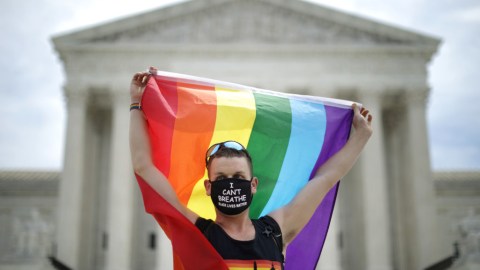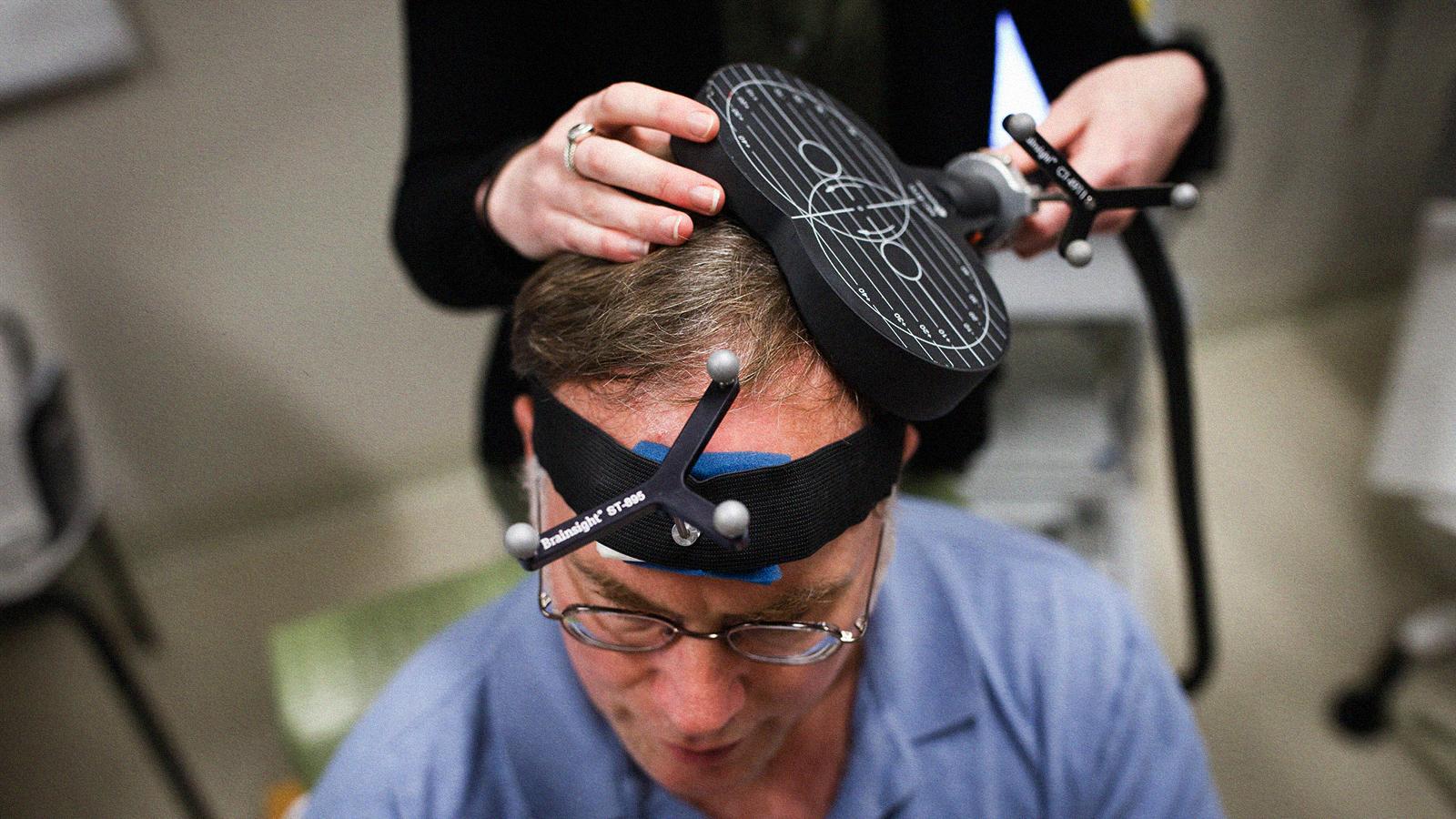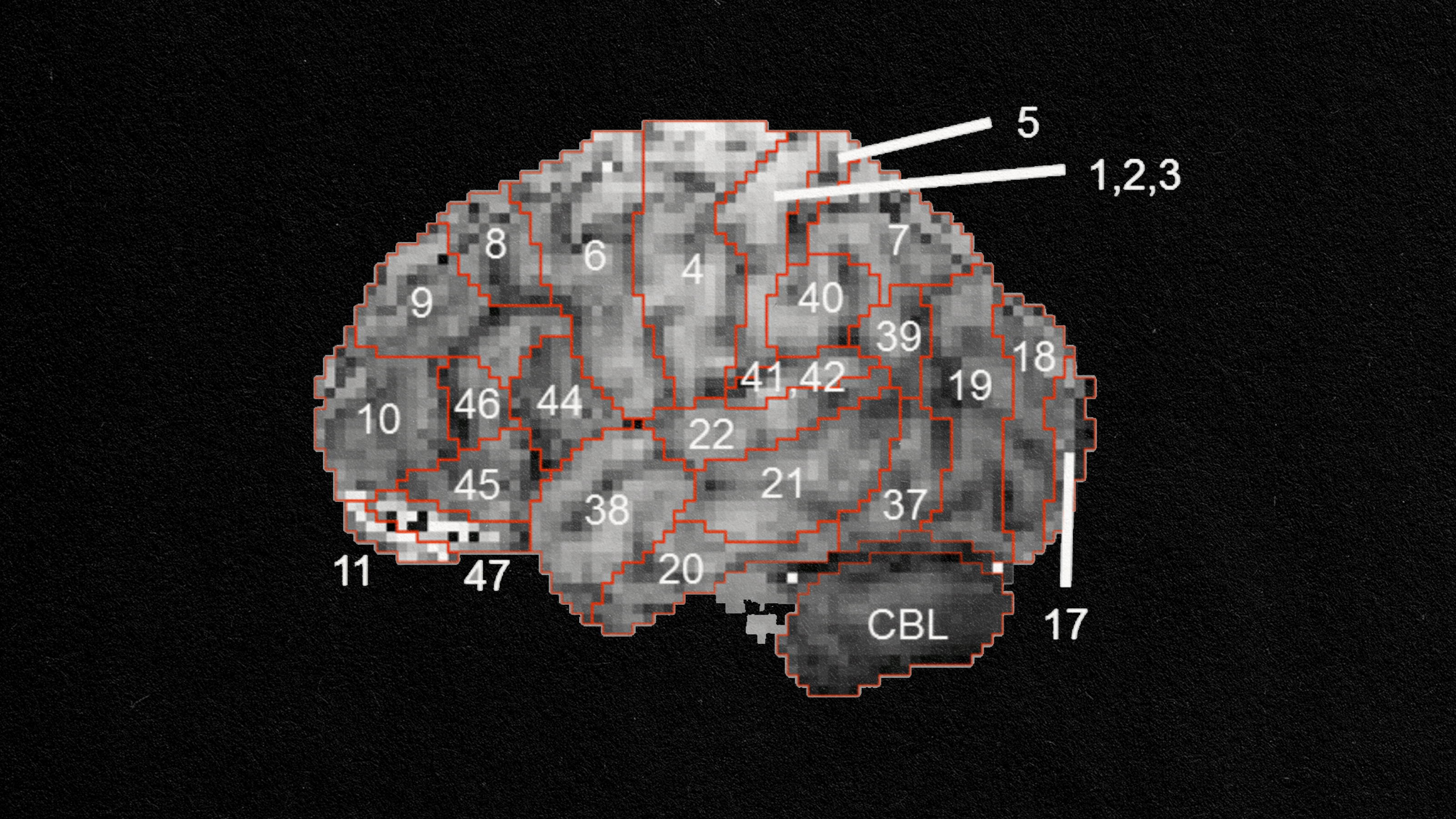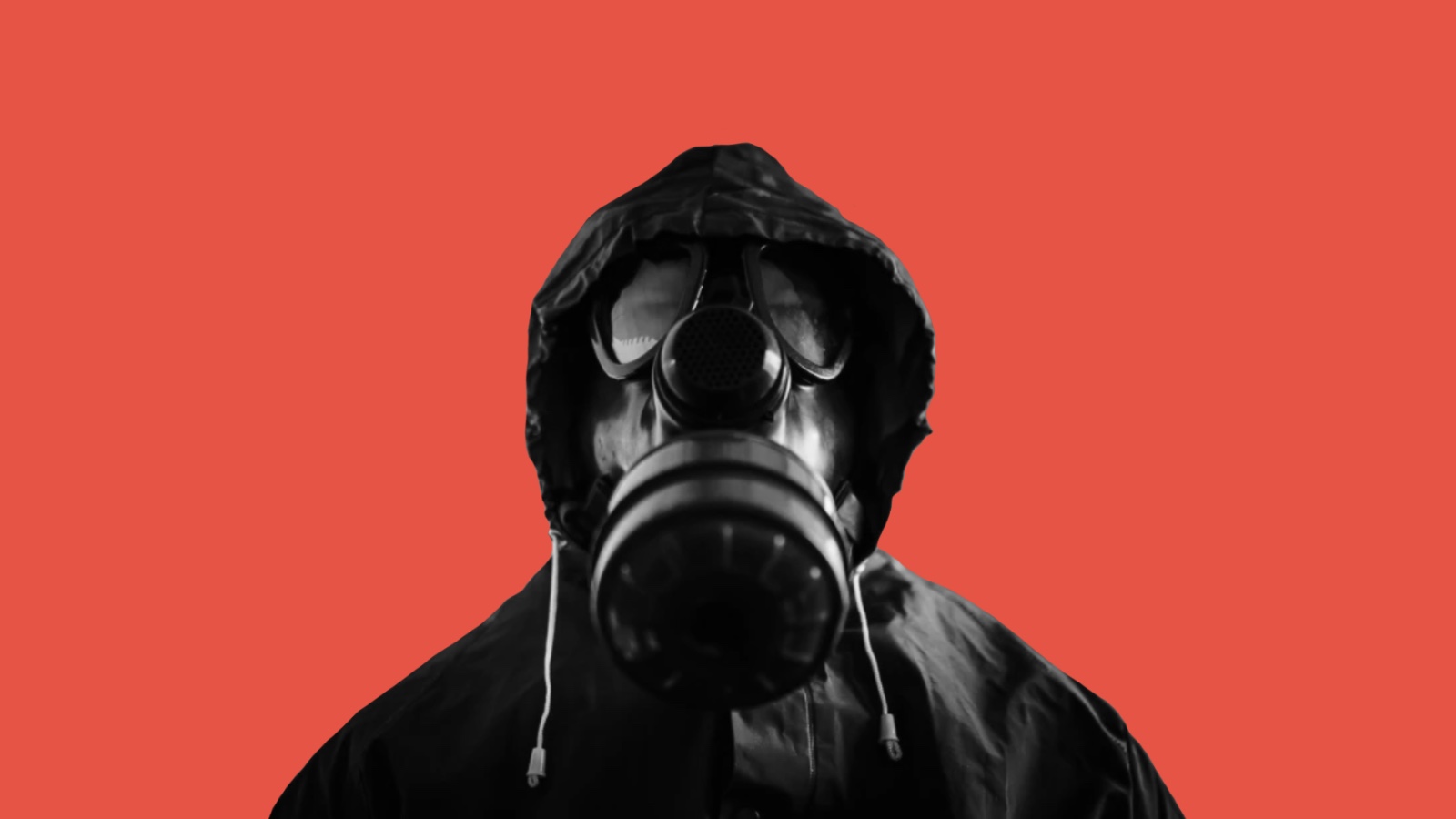LGBTQ+ community sees spike in first-time depression in wake of coronavirus

Photo by Chip Somodevilla/Getty Images
- Anxiety and depression rates are spiking in the LGBTQ+ community, and especially in individuals who hadn’t struggled with those issues in the past.
- Overall, depression increased by an average PHQ-9 score of 1.21 and anxiety increased by an average GAD-7 score of 3.11.
- The researchers recommended that health care providers check in with LGBTQ+ patients about stress and screen for mood and anxiety disorders—even among those with no prior history of anxiety or depression.
In the midst of the COVID-19 pandemic, anxiety and depression rates are spiking in the LGBTQ+ community, especially in individuals who hadn’t struggled with those issues in the past, say researchers.
“What I was hearing at the beginning of the pandemic was that people who were already anxious were more anxious than ever, and we didn’t find that,” said researcher Annesa Flentje, an assistant professor in the University of California, San Francisco School of Nursing, in a university press release. “In looking at averages across the LGBTQ+ population, we found the greatest changes in anxiety were among people who weren’t anxious prior to the pandemic.”
For the study, published in the Journal of General Internal Medicine, Flentje and her team evaluated survey responses from nearly 2,300 individuals who identified as being in the lesbian, gay, bisexual, transgender, and queer (LGBTQ+) community. Most of the participants were white, while nearly 19 percent identified as a racial or ethnic minority. Multiple genders were represented with cisgender women (27.2 percent) and men (24.6 percent) making up a majority of the participants. Sixty-three percent had been assigned female at birth. For the most part, participants identified their sexual orientations as queer (40.3 percent), gay (36.5 percent), and bisexual (30.3 percent).
The JGIM study participants were recruited from the 18,000-participant PRIDE Study (Population Research in Identity and Disparities for Equality), which is the first large-scale, long-term national study focusing on American adults who identify as LGBTQ+. It conducts annual questionnaires to understand factors related to health and disease in this population.
Participants filled out an annual questionnaire (starting in June 2019) and a COVID-19 impact survey this past spring. Flentje noted that on an individual level, some people may not have experienced a big change in anxiety or depression levels, but for others there was. Overall, depression increased by a PHQ-9 score of 1.21, putting it at 8.31 on average. Anxiety went up by a GAD-7 score of 3.11 to an average of 8.89. Interestingly, the average PHQ-9 scores for those who screened positive for depression at the first 2019 survey decreased by 1.08. Those who screened negative for depression saw their PHQ-9 scores increase by 2.17 on average. As for anxiety, researchers detected no GAD-7 change among the study participants who screened positive for anxiety in the first survey, but did see an overall increase of 3.93 among those who had initially been evaluated as negative for the disorder.
Why do so many LGBT people suffer from mental health problems? – BBC Newsnightwww.youtube.com
The LGBTQ+ community is a vulnerable population to mental health concerns because of their fear of stigmatization and previous discriminatory experiences.
Previous research by the Human Rights Campaign has found “that LGBTQ Americans are more likely than the general population to live in poverty and lack access to adequate medical care, paid medical leave, and basic necessities during the pandemic,” said researcher Tari Hanneman, director of the health and aging program at the campaign.
“Therefore, it is not surprising to see this increase in anxiety and depression among this population,” Hanneman said in the release. “This study highlights the need for health care professionals to support, affirm and provide critical care for the LGBTQ community to manage and maintain their mental health, as well as their physical health, during this pandemic.”
The authors of the study recommend that health care providers check in with LGBTQ+ patients about stress and screen for mood and anxiety disorders in members of that community—even among those with no prior history of anxiety or depression.
As cases of COVID-19 continue to mount, the sustained social distancing, potential isolation, economic precariousness, and personal illness, grief, and loss are bound to have increased and varied impacts on mental health. Effective treatments may include individual therapy and medications as well as more large-scale coronavirus support programs like peer-led groups and mindfulness practices.
“It will be important to find out what happens over time and to identify who is most at risk, so we can be sure to roll out public health interventions to support the mental health of our communities in the best and most effective ways,” said Flentje.





